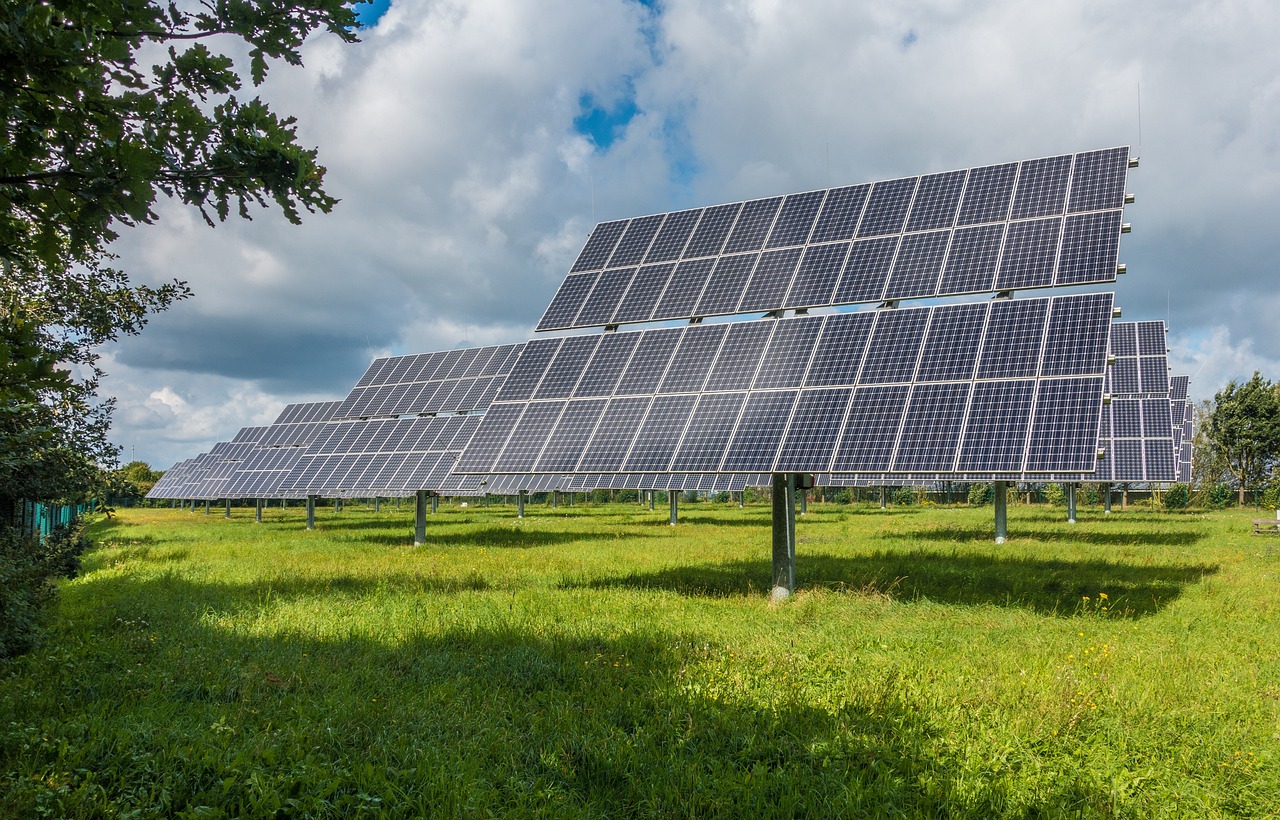Agrivoltaics and biomethane as new frontiers of Clean-tech take center stage at Fieragricola.
From agrivoltaics to biomethane, renewable energies are increasingly playing a leading role on the stage of the green transition. The new frontier is called Clean-tech and encompasses all those technologies, processes, goods, and services designed to reduce environmental impact and enable sustainable use of systems and natural resources. A leading role that Fieragricola, now in its 116th edition – scheduled in Verona from January 31 to February 3 – could not overlook.
This year’s event indeed gives ample space to renewables through various conferences on photovoltaics, agrivoltaics, biogas, and biomethane, representing the most immediate developments within the agricultural sector. The energy transition is fueled by renewable energies from agricultural sources, through a multifunctionality permitted by the Agricultural Orientation Law for over 20 years now, paving the way at the European level and currently bringing green energies connected to agriculture to a value exceeding 2.54 billion euros nationwide.
The zootechnical area will give ample space to agro-bioenergies. Biogas and biomethane, resources for animal husbandry, represent two particularly interesting opportunities within the ecological transition and circular economy. In Europe, according to the 2023 Report by EBA (European Biogas Association), renewable gases amount to 21 billion cubic meters, equivalent to 6% of the EU’s natural gas consumption. Expanding at the community level is the production of biomethane, which increased from 3.5 billion cubic meters to 4.2 billion cubic meters in 2022 (+20% compared to previous surveys).
In Italy as well, according to the president of CIB (Italian Biogas Consortium), Piero Gattoni, “the development of agricultural biogas has represented and still represents an excellent income integration tool for farmers, and over time it has also become an interesting laboratory for experimenting with new agricultural techniques, soil protection, thanks to the use of digestate, and the environment.”
Moreover, Gattoni adds, “the PNRR has initiated a new season of biomethane development in our country, giving agricultural companies the opportunity to tap into new and different markets. This year, calls for proposals have started to access the incentives provided by the Plan. The results achieved so far see the admission of 86 projects related to biomethane development.”
“The real test,” he concludes, “will come with the third call launched at the end of December and with the implementation of the provision of the Asset Decree that adjusted biomethane incentives for inflation. At the same time, it is necessary to ensure a path of productive continuity for initiatives that will not be able to convert production to biomethane and protect electricity production from biogas.”
Furthermore, in a phase of geopolitical uncertainty due to wars that could, like in 2022, increase the cost of energy for agricultural enterprises, the renewable energy scenario offers an option to combine the green drive associated with the Green Deal, the UN’s ESG goals, and the EU’s Fit for 55 target, which aims to reduce net greenhouse gas emissions by at least 55% by 2030.





